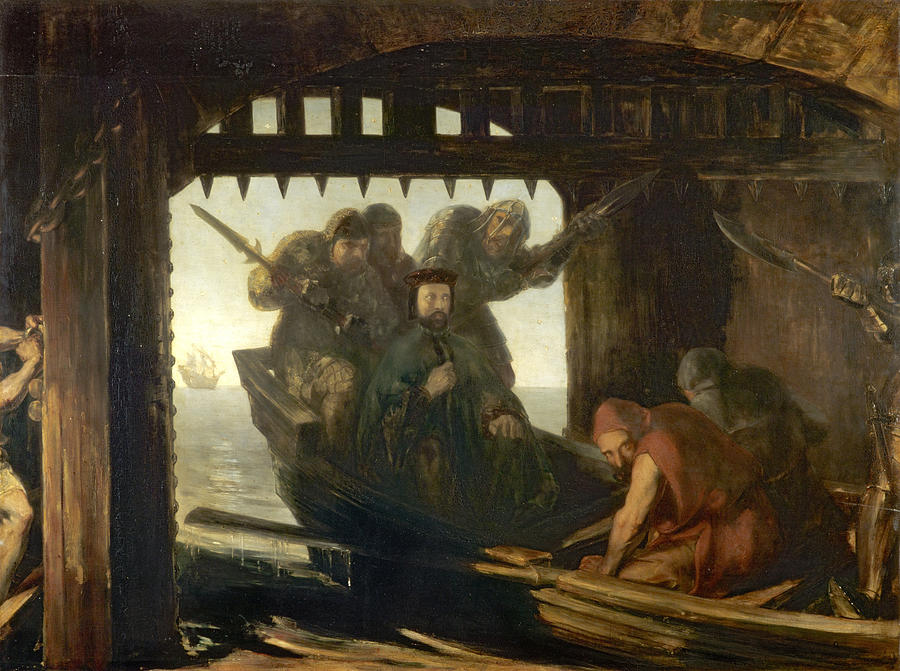Do you search for 'literature review of caribbean folktales'? You will find your answers right here.
Table of contents
- Literature review of caribbean folktales in 2021
- Caribbean folktales for children
- Caribbean myths and legends
- Folk tales
- West indian folklore
- Caribbean folk stories
- Literature review of caribbean folktales 07
- Literature review of caribbean folktales 08
Literature review of caribbean folktales in 2021
 This image shows literature review of caribbean folktales.
This image shows literature review of caribbean folktales.
Caribbean folktales for children
 This image illustrates Caribbean folktales for children.
This image illustrates Caribbean folktales for children.
Caribbean myths and legends
 This picture demonstrates Caribbean myths and legends.
This picture demonstrates Caribbean myths and legends.
Folk tales
 This picture representes Folk tales.
This picture representes Folk tales.
West indian folklore
 This image representes West indian folklore.
This image representes West indian folklore.
Caribbean folk stories
 This picture illustrates Caribbean folk stories.
This picture illustrates Caribbean folk stories.
Literature review of caribbean folktales 07
 This picture shows Literature review of caribbean folktales 07.
This picture shows Literature review of caribbean folktales 07.
Literature review of caribbean folktales 08
 This picture illustrates Literature review of caribbean folktales 08.
This picture illustrates Literature review of caribbean folktales 08.
What are the folktales of the Caribbean islands?
Caribbean Folktales, or ‘Crick Crack Stories’ ( Creighton. A., Stabroek News, 2009) are the essence of Caribbean culture. The stories may not be shared as they once were, but they are bound up in the breath and cadence of the islands, understood implicitly by those from there, the subtext to all that ‘there’ is.
Are there any folk tales that are fables?
Some, like “The White Dog,” (Latvia) have elements of a traditional European fairy tale. Our two Japanese stories are more philosophical, each in its own way. Two of our African stories are mostly fun -- the forerunners of the Brer Rabbit stories -- but “How The Hawk Chose His Food” is a fable that Aesop might have envied.
Who are the most famous characters in Caribbean folklore?
Ananse is the best known character of Caribbean stories, and in the Caribbean he is a spider. Ananse hails from West Africa where he was once the trickster god. But he is no longer a god. Kidnap, enslavement and hunger reformed Ananse and to survive he became half-man, half-spider. In Caribbean tales he is either a lazy con-man or a tricky spider.
How are folk tales used in Creative Writing?
Creative Writing Project Use the folk tales to teach styles of writing such as persuasive, descriptive and narrative in a fun and educational format -- a newspaper! Cultural studies Learn more about the various countries and cultures from which the stories come.
Last Update: Oct 2021